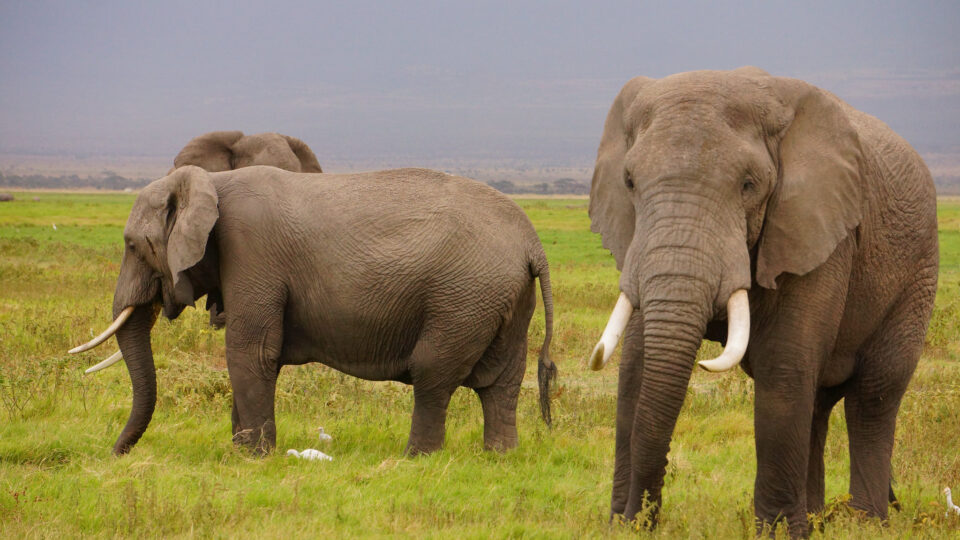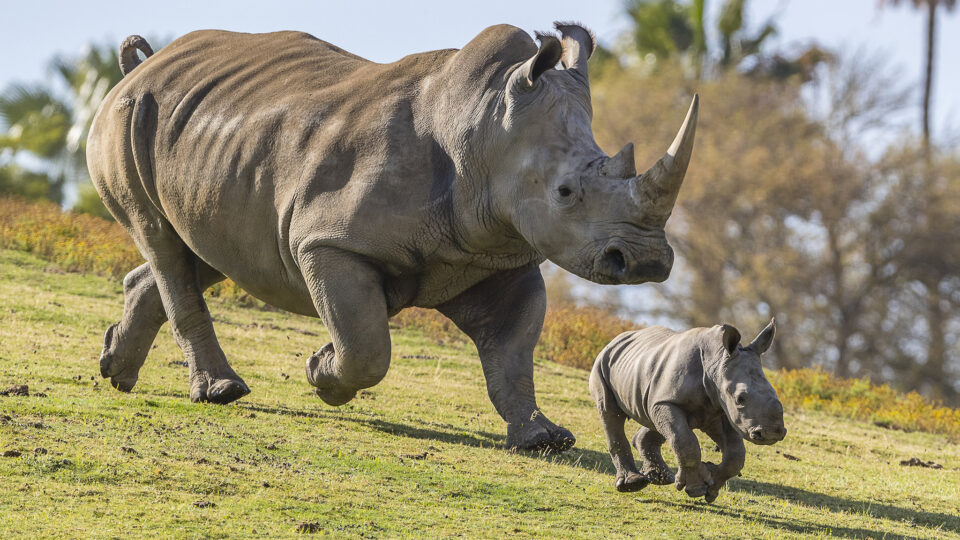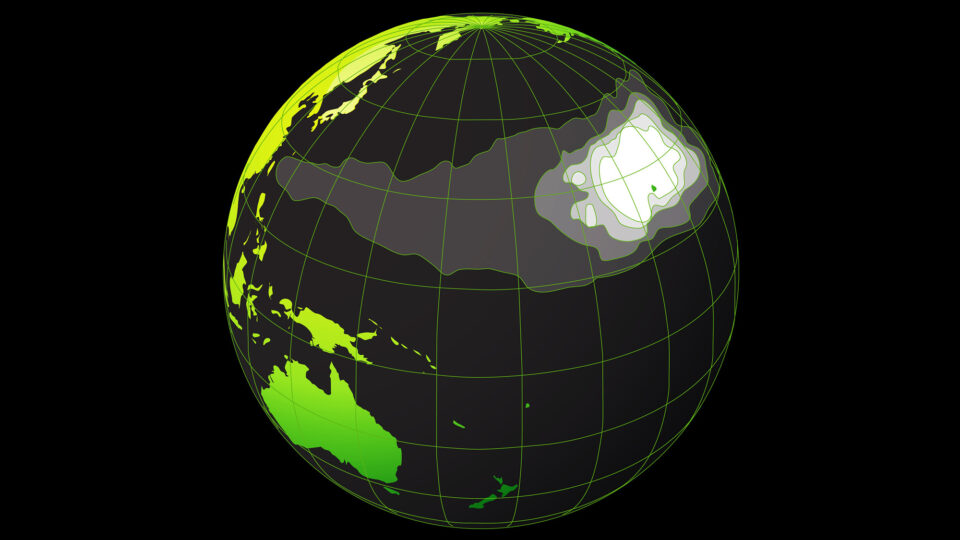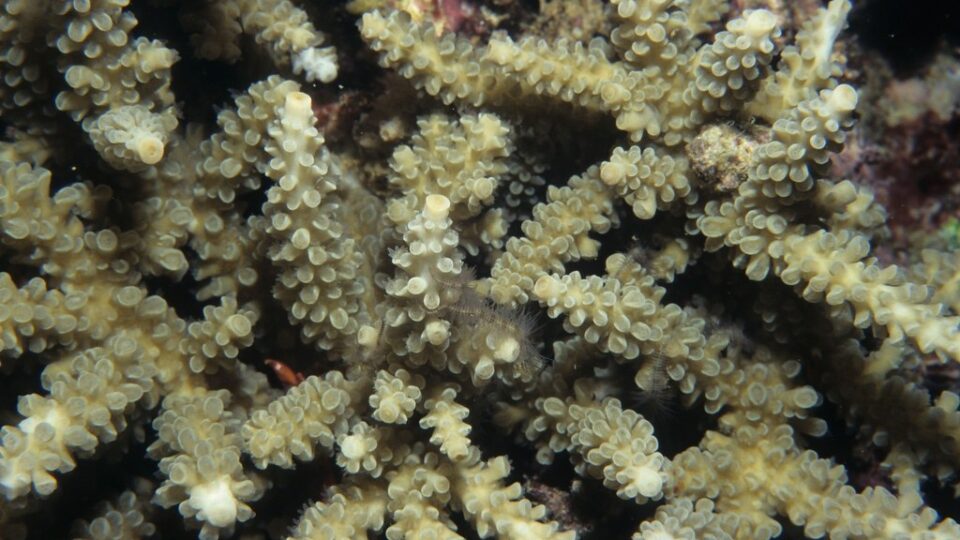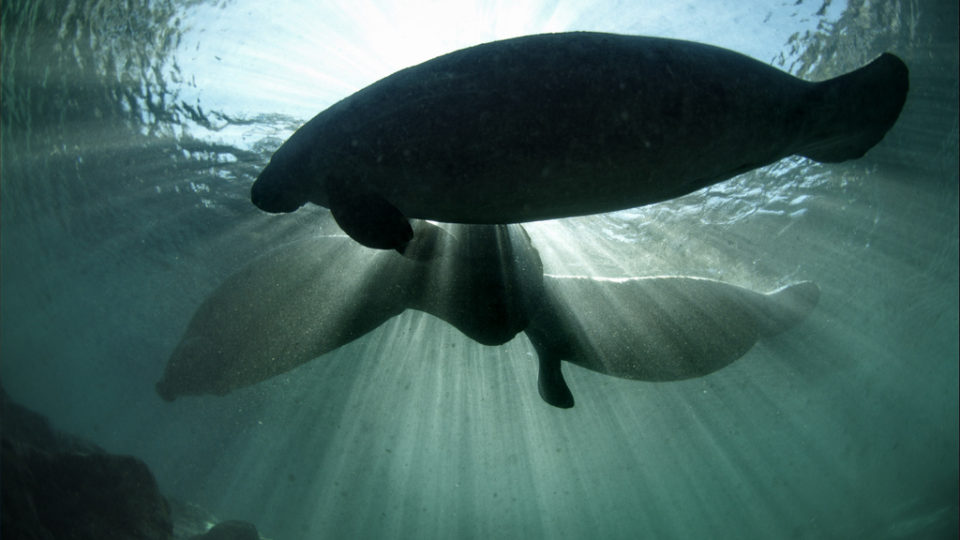Elephants are considered to be very smart creatures. They have the largest brain of any land animal and have three times as many neurons as humans. Of course, a lot of that brain hardware is needed to control those big elephant bodies, but elephants have also demonstrated impressive mental capabilities on many occasions.
A new study by an international team headed by researchers from Colorado State University has found that elephants call each other by name and respond when they hear others call their name.
The researchers analyzed hundreds of elephant calls recorded over more than a year in Kenya. With machine learning techniques, they were able to identify specific sounds that elephants made when calling each other. When the researchers played recordings of these sounds, the elephants responded to the sound of their own name by calling back or moving toward the loudspeaker. Their response to other names was much less enthusiastic.
Very few animals use names at all, and, in most cases, it is more a matter of imitation. For example, dolphins refer to other dolphins by mimicking their unique sounds.
These findings at least suggest that elephants may be capable of abstract thought and perhaps may have a vocabulary beyond names for each other. The researchers are investigating whether elephants can identify food, water, or locations using their calls. The great hope is that it might ultimately be possible to communicate with elephants directly. It would be wonderful to be able to alert them to poachers or other threats. The lead author of the study said that he would like to be able to tell elephants things like “Do not come here. You’re going to be killed if you come here.”
**********
Web Links
Elephants Have Names for Each Other, Study Finds
Photo, posted April 24, 2016, courtesy of Neil Ransom via Flickr.
Earth Wise is a production of WAMC Northeast Public Radio
